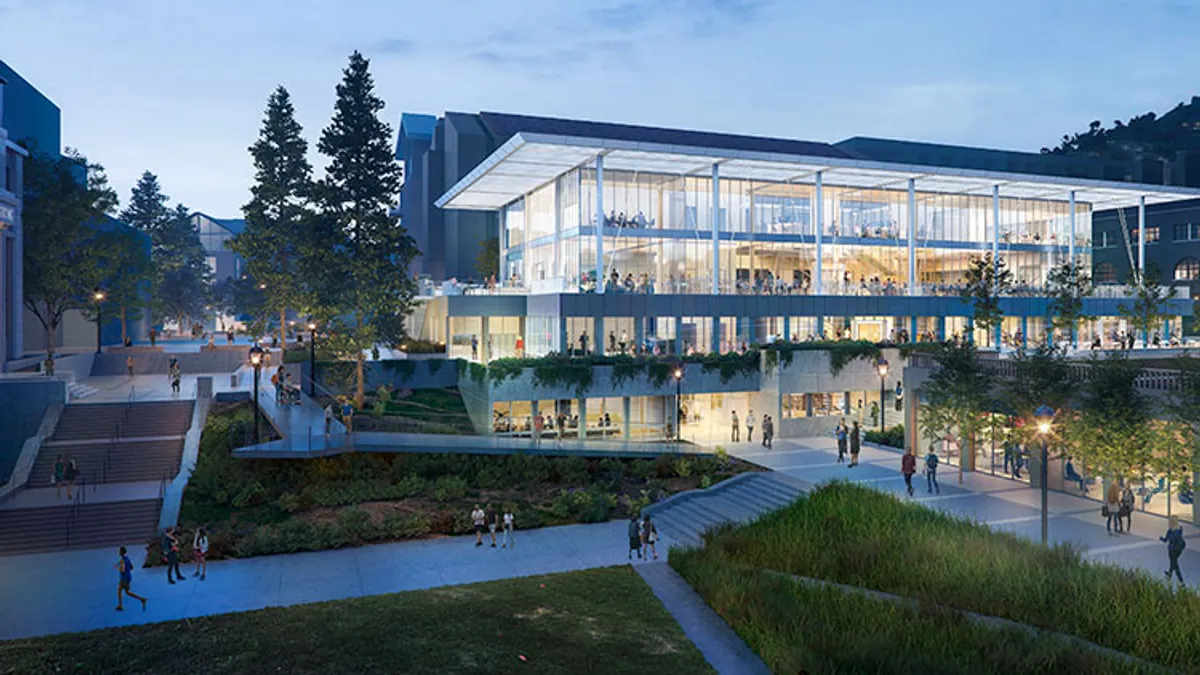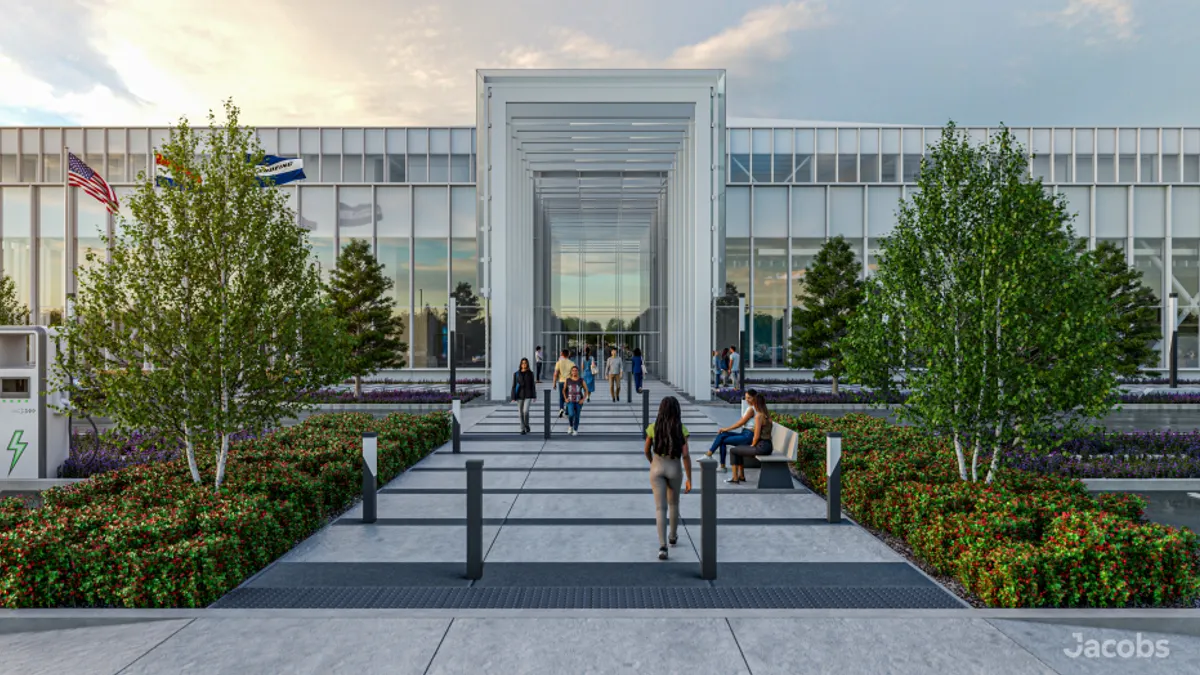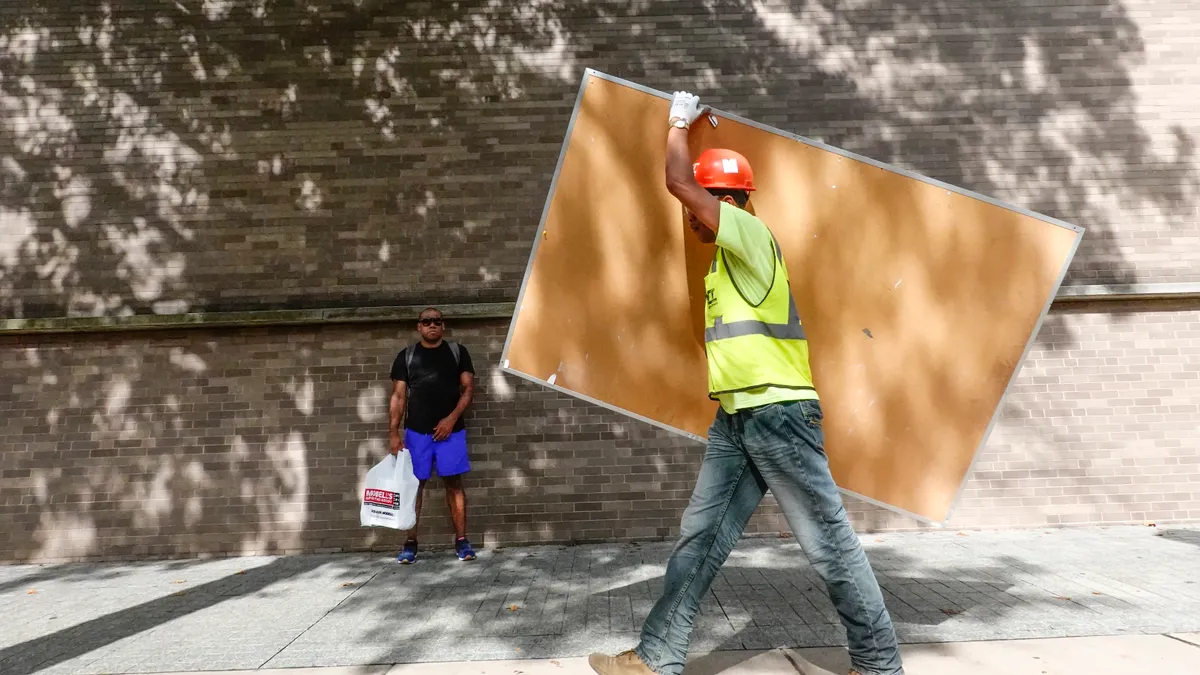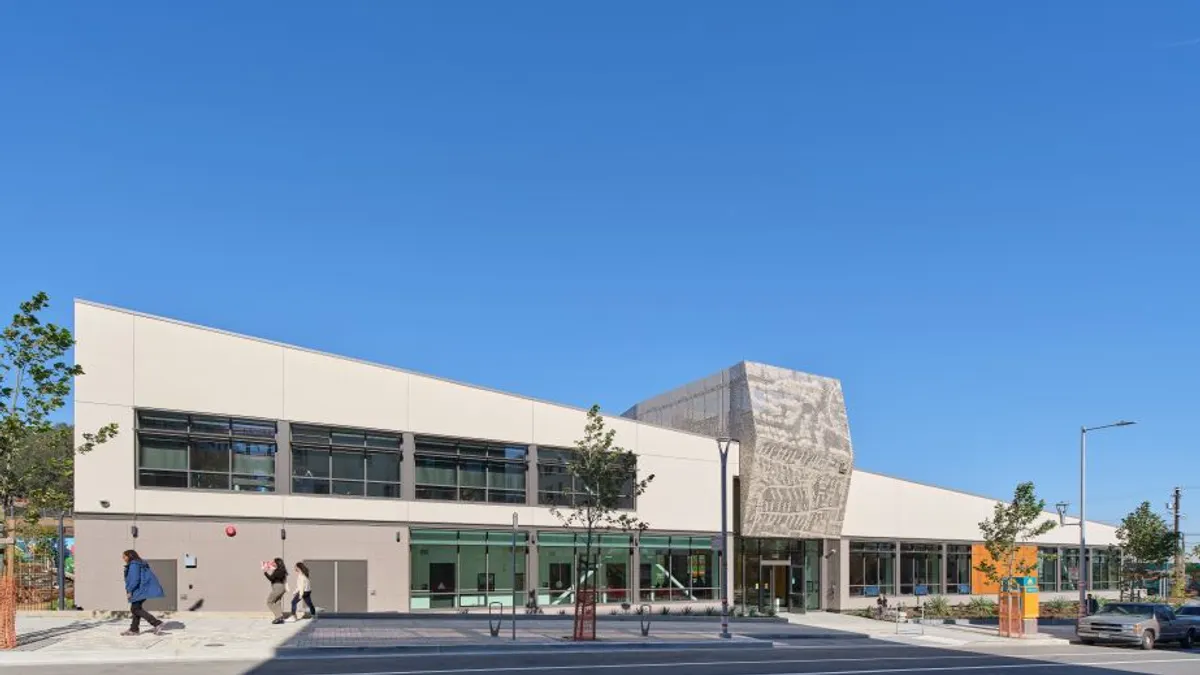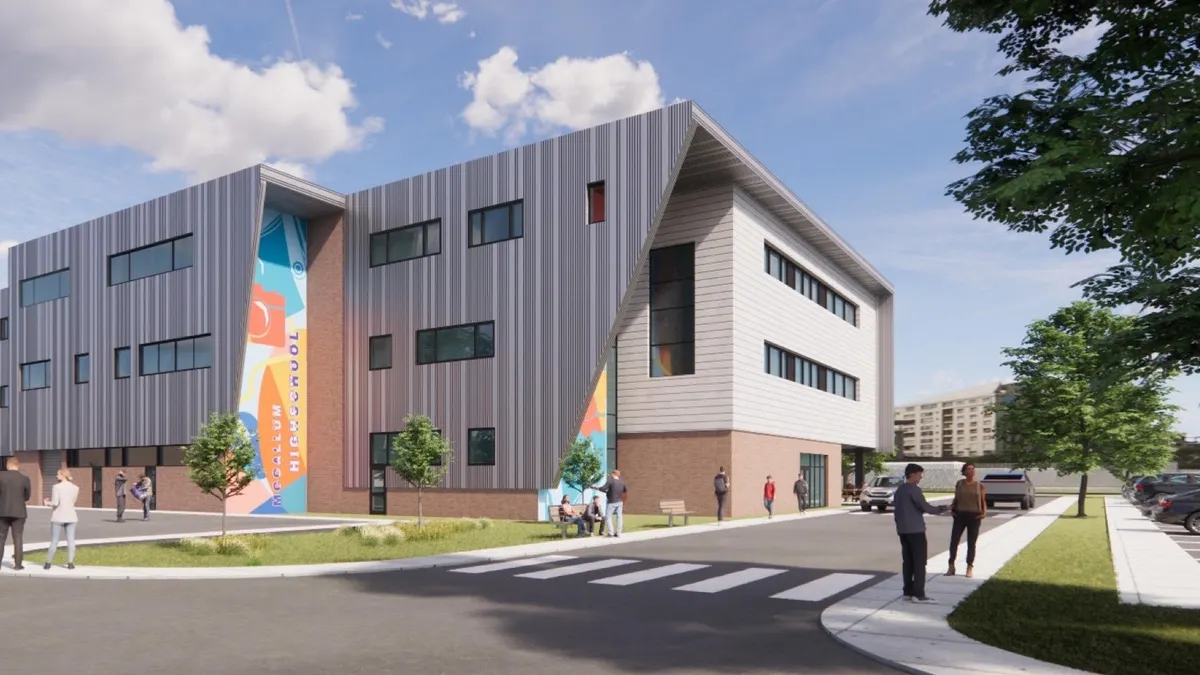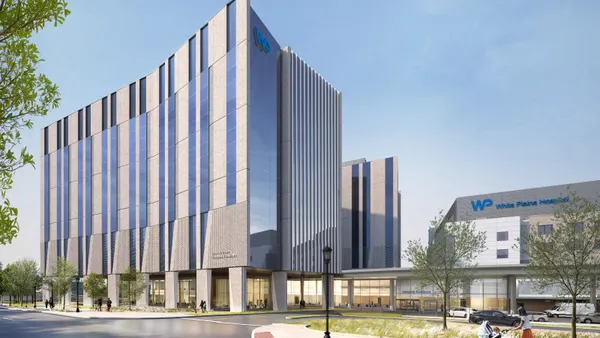Last year, 78 midsize cities applied to the Department of Transportation’s (DOT) inaugural Smart City Challenge to develop projects for an "integrated, first-of-its-kind smart transportation system that would use data, applications, and technology to help people and goods move more quickly, cheaply, and efficiently."
Columbus’s 32-page application won the day. The city received a $40 million grant from the U.S. Department of Transportation and another $10 million from Vulcan, a company focused on philanthropy started by investor Paul Allen. The city signed agreements with the DOT in August and Vulcan in April.
According to Brandi Braun, assistant director for the Department of Public Service, the city has spent its first 11 months as the winner working behind the scenes without any flashy or noticeable changes to the infrastructure. The city is conducting research and focus groups, and engaging with stakeholders and going through a system requirement phase. Braun said the work, right now, isn't super public-facing, but important in having strong programs in the future.
The city spun off a Smart Columbus group from the Department of Public Service and paired up with the Columbus Partnership, a collection of the city's private-sector executives, to run the program. Columbus has also attracted other partnerships and commitments that will bring in more than $500 million in investments.
The projects they put in the document were theoretical and now need plans to figure out how to make items actionable. The 15 DOT projects span from smart mobility hubs to street lighting to truck platooning. Part of the grant’s requirements is to be able to show others how they can build the projects.
"Everything we are building is part of a demonstration," Braun said.
The Vulcan grant is focused on electrification of transportation and is centered around four areas: decarbonization, electric vehicle fleet adoption, consumer electric vehicle adoption and charging stations. The seven-county central Ohio region currently has 118 stations, with an additional 305 planned by the end of the grant.
"At the highest level, we are really, really pleased," said Spencer Reeder, the director of the philanthropic program for Climate & Energy at Vulcan.
Reeder said the city has already seen an increase in the adoption rate of electric vehicles (EVs), with sales doubling in the first year. The city has run about 200 test drives, hired a consultant to help figure out where the charging stations should go, and has a request for proposal out for EVs for the city’s fleet.
"We didn't necessarily anticipate this so quickly," he said.
The projects are tied to real life problems and meant to improve lives, not just deploy technology, according to Braun. She also said they take their cue from Andrew Ginther, the mayor, who has said mobility is the "great equalizer" of the 21st century.
The smart city projects are supposed to act as ladders of opportunity using technology. To make sure those ladders are useful, Columbus officials are going into neighborhoods and talking to residents. The city hosted a two-day innovation session, where around 100 people attended and learned more about smart Columbus.
"Generally people are excited about Smart Columbus and being involved and share and part of the co-creation," Braun said.
Beyond Columbus
Columbus is, so far, on schedule with the work and is in constant contact with the DOT, according to Braun.
"With 15 different projects, there are literally hundreds of deliverables," she said.
Even though Columbus is only a year into their DOT grant, they are already getting calls from around the world. They have shared information online and city officials have done speaking engagements. There is a lot to talk about but, so far, it’s mostly encouragement.
"Instead of 'how can we move the most people fastest,' we talk to people about how we can get them to where they need to be," Braun said. "It's empowerment."
Columbus was chosen, in part, for its various positive economic indicators. In recent years, Columbus has been ranked number one city for working mothers and third best city for millennials. Being away from the coast, Columbus was supposed to be a model other mid-size cities could follow – but, if current trends continue, and the city can continue to innovate, it might lead to even more.
"Even the San Franciscos of the world are following along," Reeder said. “There is a real thirst between cities to learn."








